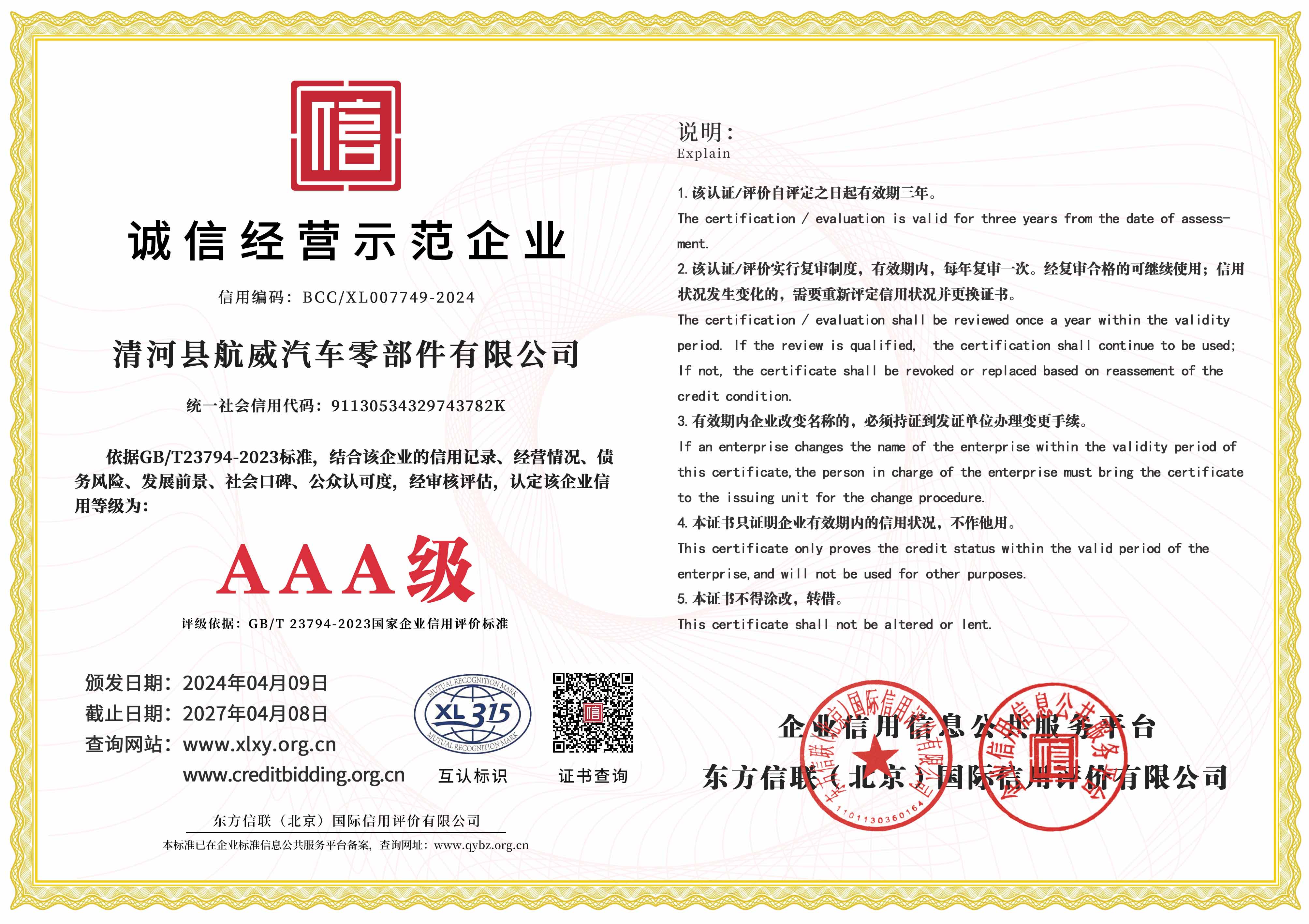Alternative Solutions for Hydraulic Slave Cylinder Hose Maintenance and Repair
Understanding the Importance of the Slave Cylinder Hose in Hydraulic Systems
In hydraulic systems, precise and efficient operation is paramount for achieving optimal performance. One critical component that plays a significant role in this system is the slave cylinder hose. Often overlooked, this component is essential for the proper functioning of various hydraulic applications, particularly in automotive and industrial contexts. Understanding its functions, types, and maintenance can help users ensure the longevity and efficiency of their hydraulic systems.
What is a Slave Cylinder Hose?
A slave cylinder hose is a crucial hydraulic line that connects the slave cylinder, which is part of the vehicle's clutch or brake system, to the master cylinder. This flexible reinforced hose is designed to withstand high pressure and ensure the seamless transfer of hydraulic fluid between the two cylinders. This transfer is vital as it enables the slave cylinder to perform its duties—either disengaging the clutch or applying hydraulic pressure in braking systems.
Functionality and Operation
The operation of the slave cylinder hose is based on Pascal's principle, which states that pressure applied to a confined fluid is transmitted undiminished throughout the fluid. In practical terms, when the driver presses the clutch pedal, hydraulic fluid is forced from the master cylinder through the slave cylinder hose into the slave cylinder. This action activates the slave cylinder, allowing it to push against the release mechanism of the clutch or brake system. By doing so, it either liberates the clutch for gear shifts or applies brakes for deceleration. The efficiency of this process directly depends on the integrity and performance of the slave cylinder hose.
slave cylinder hose

Types of Slave Cylinder Hoses
Slave cylinder hoses come in various types tailored for specific applications. Commonly, they are made from synthetic rubber, reinforced fabric, or braided stainless steel. Rubber hoses are flexible and resistant to wear and abrasion, making them a popular choice for most automotive applications. In contrast, stainless steel braided hoses offer enhanced durability and resistance to high pressures, making them suitable for high-performance vehicles and situations where the hose may be exposed to extreme conditions. Each type of hose has its advantages, and choosing the right one depends on individual vehicle requirements and usage.
Maintenance and Care
Proper maintenance of the slave cylinder hose is vital for ensuring system efficiency and longevity. Regularly inspect the hose for any signs of wear, cracks, or leaks. The presence of fluid on or around the hose could indicate a leak, which must be addressed immediately to prevent loss of hydraulic pressure. Additionally, ensure that the hose fittings are secure and free of corrosion. If any issues are detected, it's essential to replace the hose promptly. Neglecting these checks can lead to significant failures in the hydraulic system, resulting in costly repairs and ensuring safety hazards.
Conclusion
In conclusion, the slave cylinder hose is an indispensable component within hydraulic systems. Its role in facilitating the transfer of hydraulic fluid between the master and slave cylinders is critical for the effective operation of clutches and brakes. By understanding its function, types, and maintenance, vehicle owners and operators can ensure their hydraulic systems remain efficient and reliable, ultimately contributing to the safety and performance of their vehicles. Proper care and timely replacement of this critical component can save time, money, and accidents in the long run.
-
Workings of Clutch Pipe and Hose SystemsNewsJun.04,2025
-
The Inner Workings of Hand Brake Cable SystemsNewsJun.04,2025
-
The Secrets of Throttle and Accelerator CablesNewsJun.04,2025
-
The Hidden Lifeline of Your Transmission Gear Shift CablesNewsJun.04,2025
-
Demystifying Gear Cables and Shift LinkagesNewsJun.04,2025
-
Decoding Clutch Line Systems A Comprehensive GuideNewsJun.04,2025
